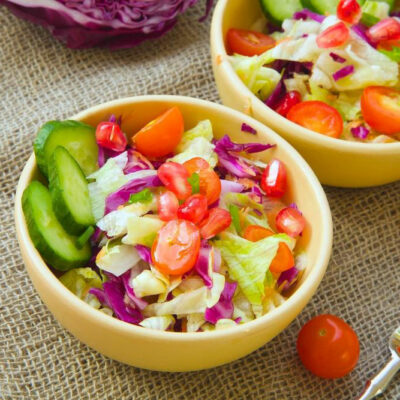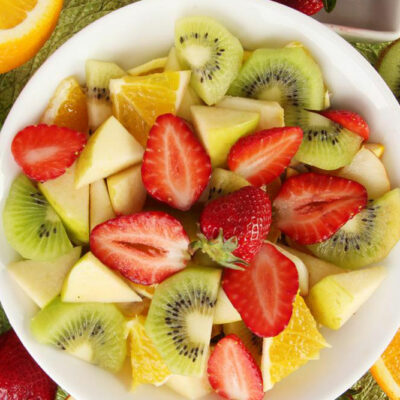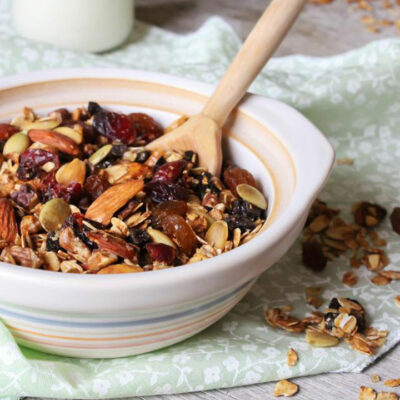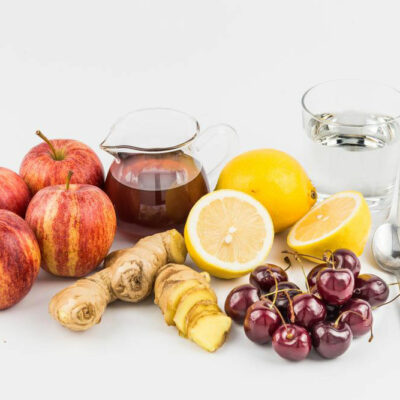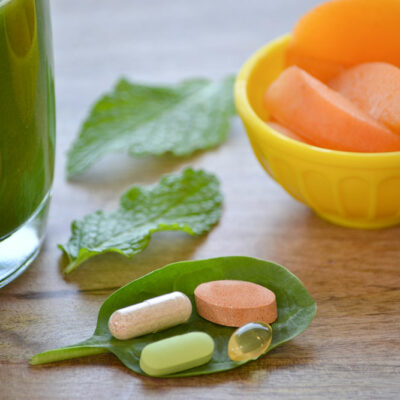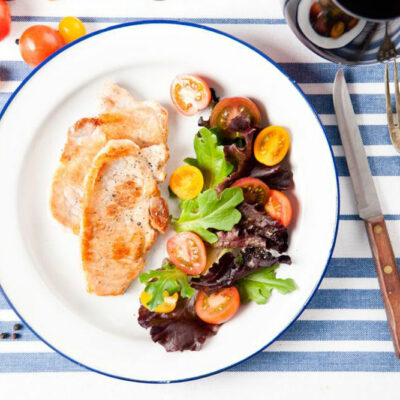
Diets & Meal Plans
Essential Things to Know about the Paleo Diet
The paleo diet meals are different from a regular diet and are very similar to the diet followed by our hunter-gatherer ancestors from the Paleolithic era. The diet includes unprocessed and whole foods and it offers numerous health benefits. The paleo diet has gained immense popularity nowadays, and recent studies have revealed that this diet is highly effective for weight loss and one can avail multiple health benefits. Planning a paleo diet There are many people who rely on this diet to avail amazing health benefits, but before practicing it, you should remember that it is just a general guide and you can alter it according to your personal preferences and requirements. However, it would be beneficial to consult a dietician before making the final choices for your paleo diet. Foods you can include in a paleo diet If you are willing to practice this diet, you can consider including foods like egg, fish, vegetables, meat, nuts, and fruits. Certain spices, herbs, healthy fats, and oil as play an important role, making it imperative for you to include them on a regular basis. Unprocessed foods are the primary source of your strength and nutrients, and if you are thinking of adopting the paleo diet, then eating unprocessed foods is essential.
